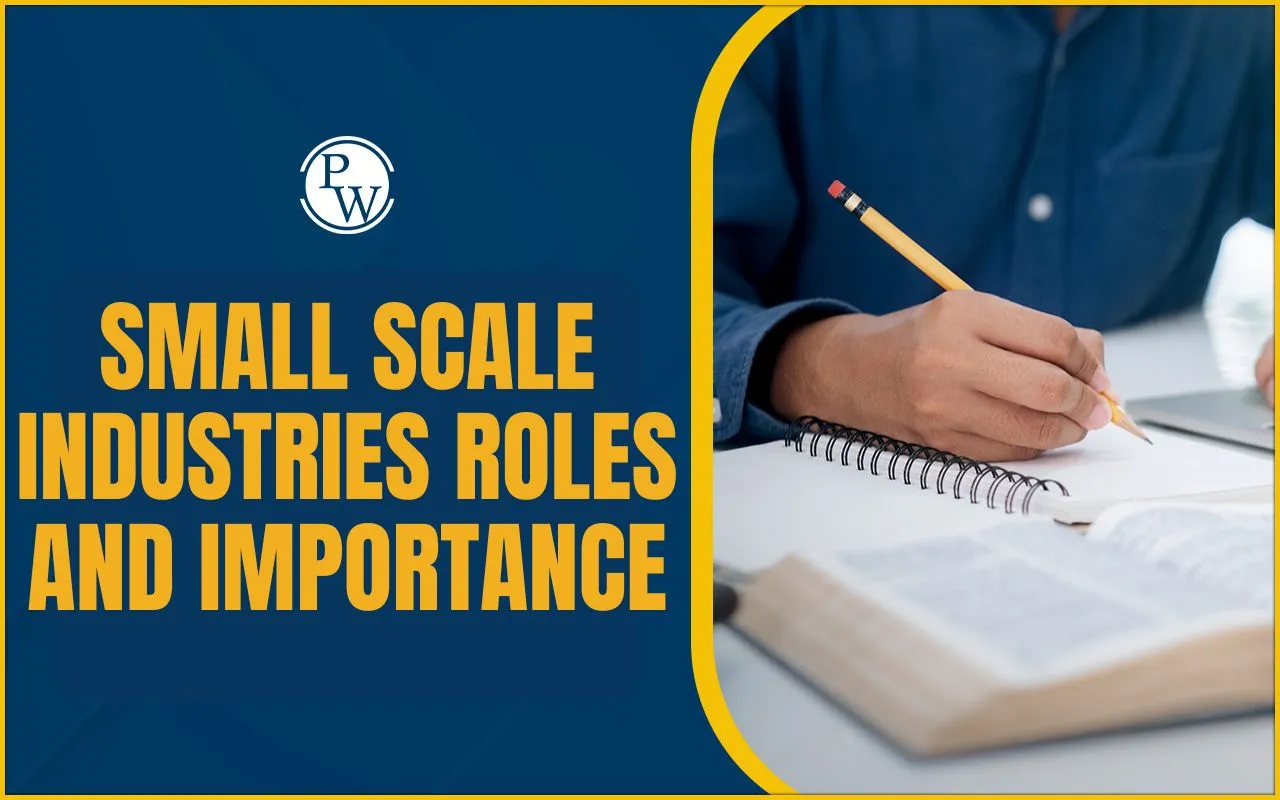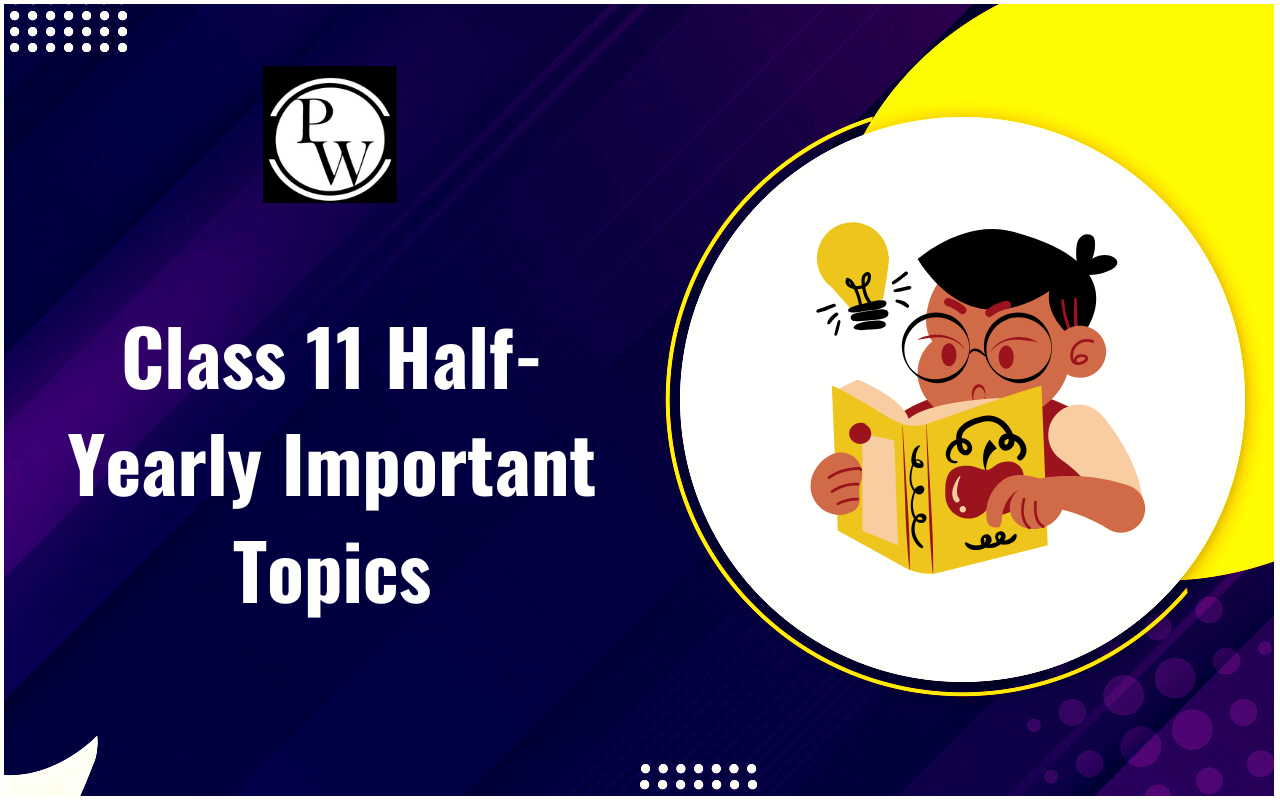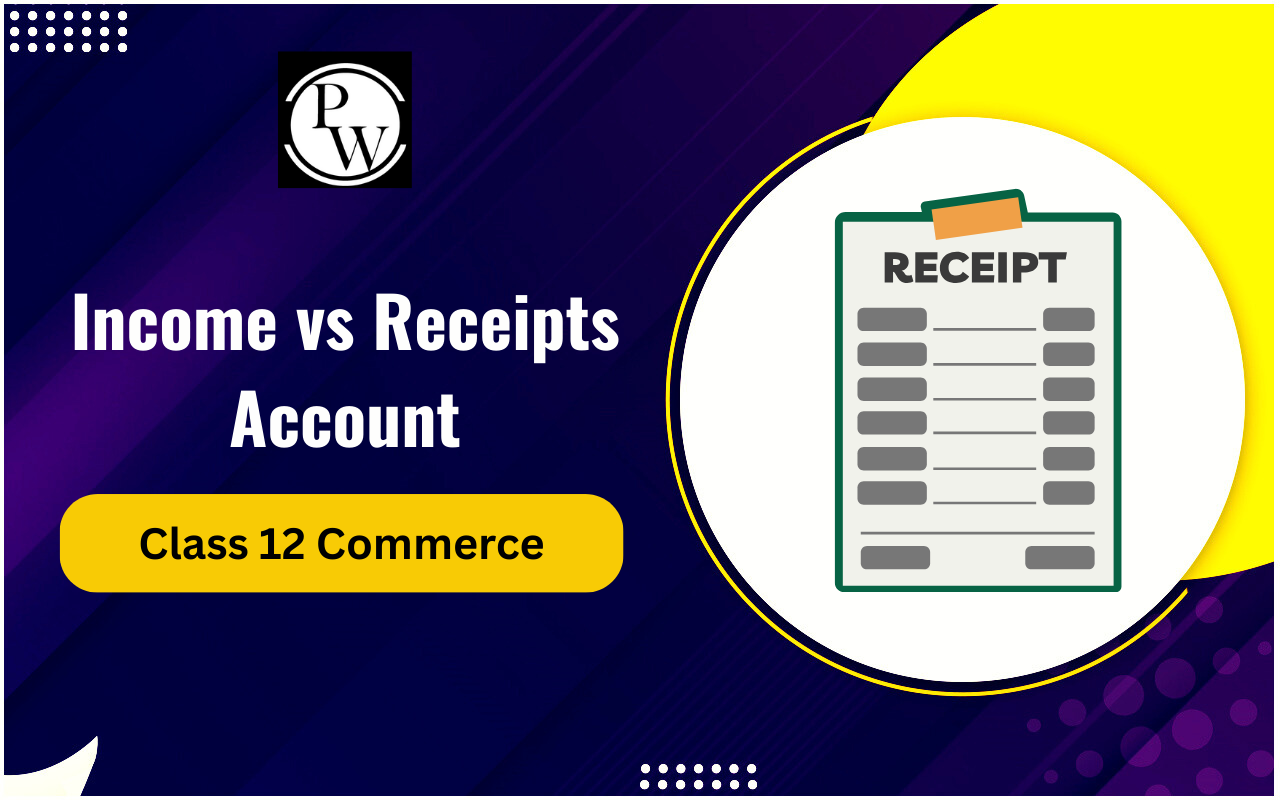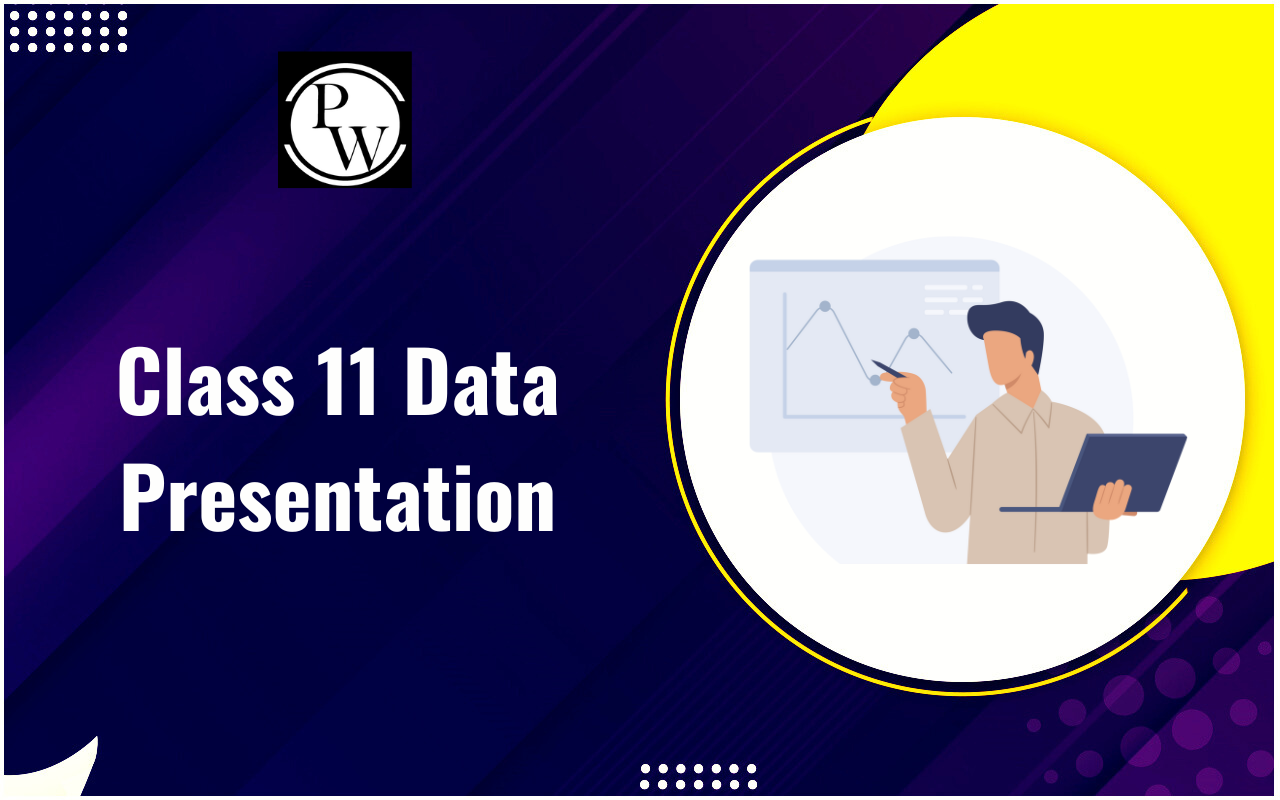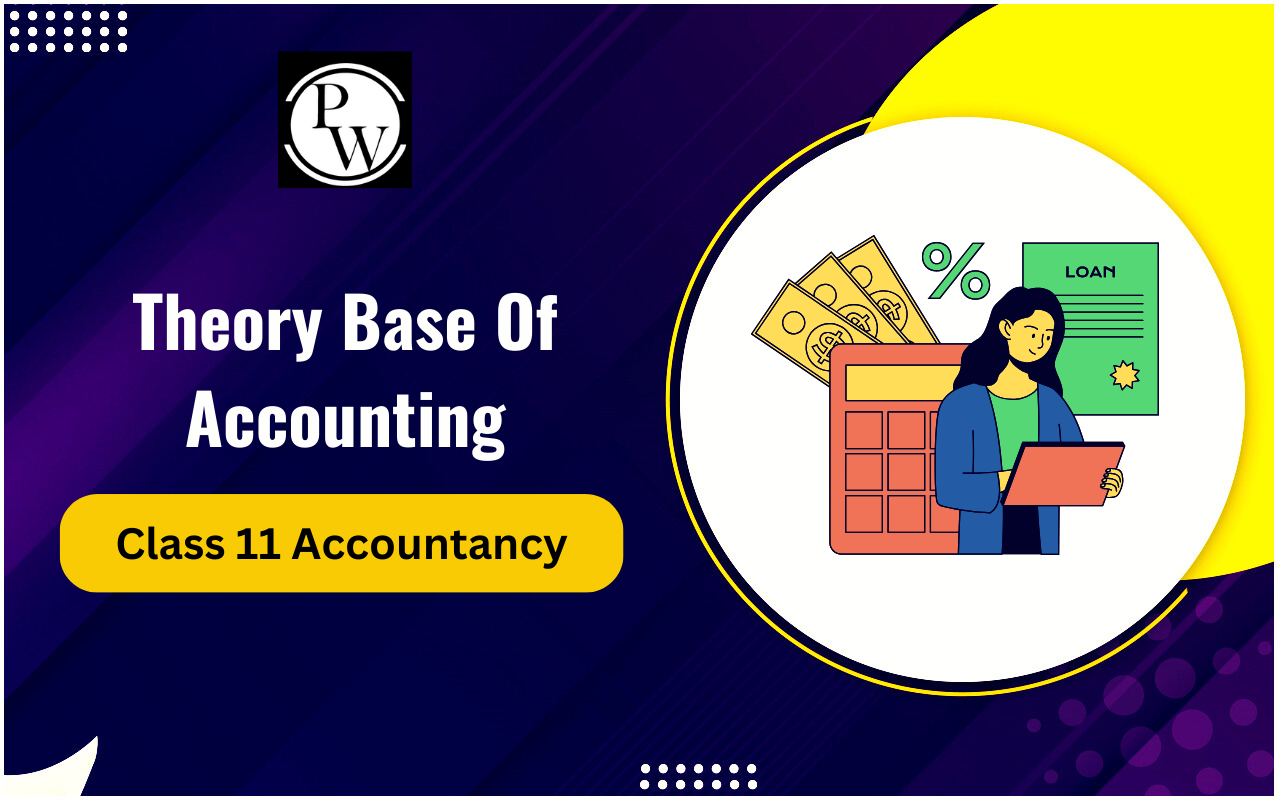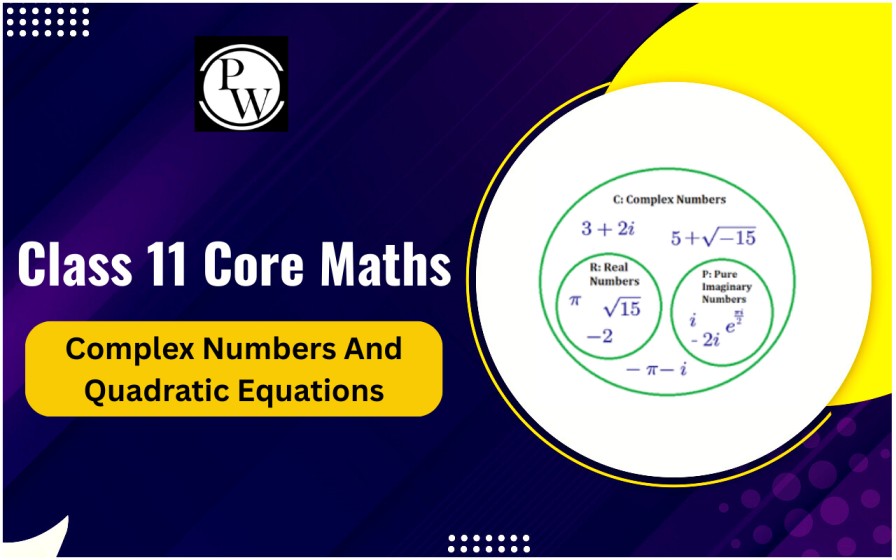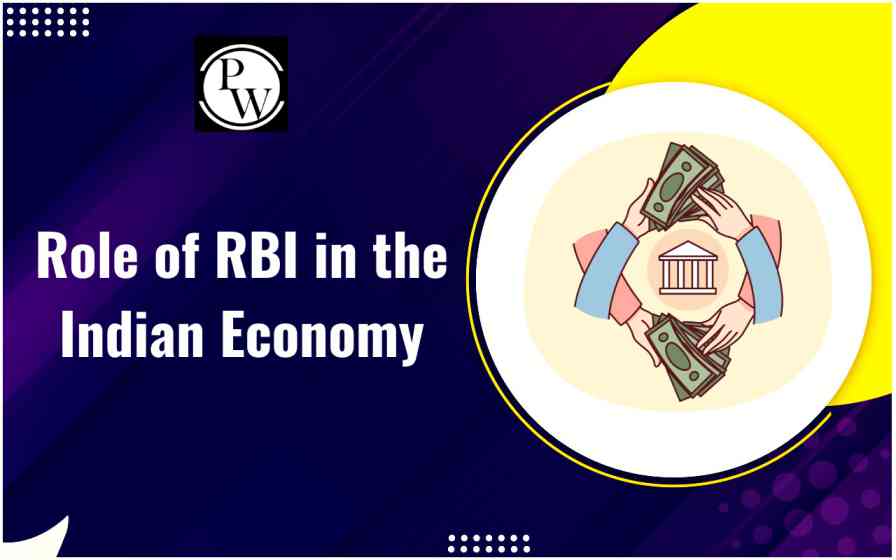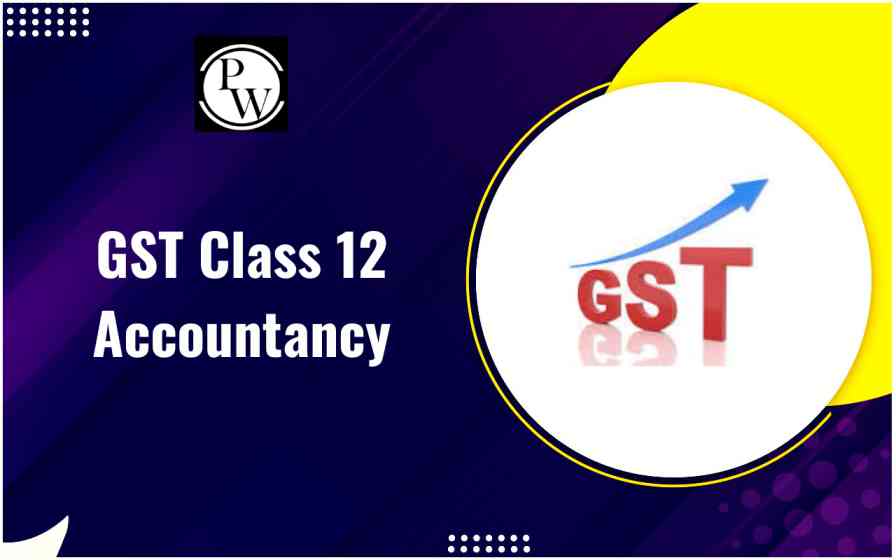
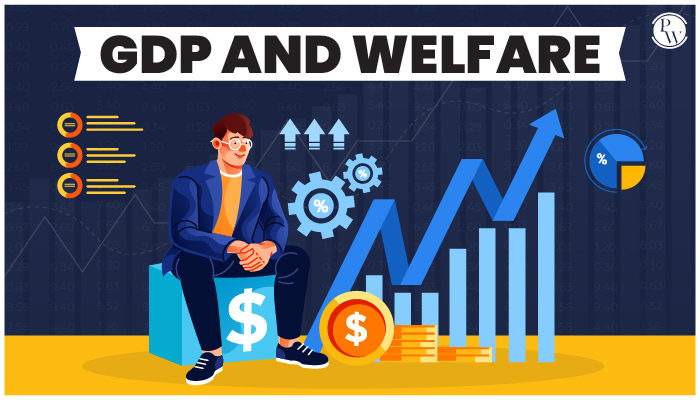
Gross Domestic Product (GDP) is the monetary value of all the products and services generated in a nation in the last year. GDP per capita is a measure of how developed a nation is. Welfare on the other hand is the entire wellness of the society comprising enjoyment, health, and economic well-being. GDP and Welfare are associated with each other. In this essay, let us explore the correlation between GDP and wellbeing and if GDP implies welfare.
What is GDP?
Gross Domestic Product (GDP) is a fundamental economic indicator utilized to gauge the overall economic performance of a country. It quantifies the total market value of all final goods and services produced within a nation's borders during a specified period, typically a year or a quarter. This encompassing measure provides insights into a country's economic health by reflecting the combined outcome of various economic activities, such as consumption, investment, government spending, and net exports.Meaning of Welfare
Welfare refers to a multifaceted concept within the realm of economics and social policy. It embodies the state of well-being and quality of life experienced by individuals or groups within a society. Welfare encompasses various dimensions such as material resources, access to essential services, and overall living conditions. It involves the distribution of resources and benefits by governments or institutions to ensure a certain level of social support and minimize disparities in well-being. Policies and programs aimed at enhancing welfare often address factors like income, healthcare, education, and social services. This holistic approach to welfare seeks to foster a more equitable and satisfactory existence for all members of society.Relationship Between GDP and Welfare
The connection between Gross Domestic Product (GDP) and welfare is a nuanced topic that demands careful examination. While GDP indicates economic activity within a country, it only partially reflects the broader concept of societal well-being encompassed by welfare. Here are some key aspects that illuminate their relationship:- Economic Growth vs. Quality of Life:
- Material Prosperity vs. Distribution of Benefits:
- GDP measures the production of goods and services, often indicating material prosperity.
- Welfare, however, emphasizes the equitable distribution of benefits among all members of society.
- Income Disparities and Welfare Inequities:
- A growing GDP doesn't necessarily guarantee a reduction in income disparities or an improvement in overall welfare.
- Welfare-focused policies target income inequalities and aim to ensure essential needs are met for everyone.
- Education and Health Impact on Welfare:
- GDP growth can contribute to increased resources for education and healthcare systems.
- Welfare considers the accessibility and quality of education and healthcare, influencing overall well-being.
- Environmental Considerations:
- GDP growth can sometimes come at the expense of environmental degradation.
- Welfare-oriented approaches balance economic development with sustainability, aiming for long-term well-being.
- Non-Monetary Aspects of Welfare:
- Welfare extends beyond monetary measures to include factors like social support, mental health, and community engagement.
- GDP doesn't capture these non-monetary aspects that play a vital role in overall welfare.
Is GDP a True Indicator of Welfare?
The extent to which Gross Domestic Product (GDP) accurately represents societal well-being is a matter of ongoing debate in economic analysis. While GDP serves as a vital economic indicator, it does not encompass all dimensions of welfare. Here are key aspects that highlight the limitations of GDP as a comprehensive measure of well-being:- Income Distribution:
- GDP doesn't reveal how evenly or unevenly income is distributed among the population.
- Welfare encompasses fairness in income distribution and aims to reduce inequalities.
- Non-Market Activities:
- GDP mainly focuses on market transactions, omitting non-market activities like housework and volunteer work.
- Welfare acknowledges the value of these unpaid contributions to society.
- Environmental Sustainability:
- GDP growth might come at the expense of environmental degradation.
- Welfare considers the long-term effects on the environment, aiming for sustainable development.
- Health and Education Quality:
- GDP doesn't directly measure the quality of healthcare and education systems.
- Welfare accounts for accessible and high-quality healthcare and education.
- Social Connections and Mental Health:
- GDP overlooks the importance of social relationships and mental well-being.
- Welfare recognizes the significance of strong communities and emotional health.
- Leisure Time and Work-Life Balance:
- GDP doesn't consider the amount of leisure time people have or their work-life balance.
- Welfare values time for relaxation, personal growth, and spending with loved ones.
| Factor Cost Basic Prices And Market Prices | Issue and Redemption of Debentures |
| Introduction to Microeconomics | Entrepreneurship Development Process |
Talk to a counsellorHave doubts? Our support team will be happy to assist you!

Check out these Related Articles
Free Learning Resources
PW Books
Notes (Class 10-12)
PW Study Materials
Notes (Class 6-9)
Ncert Solutions
Govt Exams
Class 6th to 12th Online Courses
Govt Job Exams Courses
UPSC Coaching
Defence Exam Coaching
Gate Exam Coaching
Other Exams
Know about Physics Wallah
Physics Wallah is an Indian edtech platform that provides accessible & comprehensive learning experiences to students from Class 6th to postgraduate level. We also provide extensive NCERT solutions, sample paper, NEET, JEE Mains, BITSAT previous year papers & more such resources to students. Physics Wallah also caters to over 3.5 million registered students and over 78 lakh+ Youtube subscribers with 4.8 rating on its app.
We Stand Out because
We provide students with intensive courses with India’s qualified & experienced faculties & mentors. PW strives to make the learning experience comprehensive and accessible for students of all sections of society. We believe in empowering every single student who couldn't dream of a good career in engineering and medical field earlier.
Our Key Focus Areas
Physics Wallah's main focus is to make the learning experience as economical as possible for all students. With our affordable courses like Lakshya, Udaan and Arjuna and many others, we have been able to provide a platform for lakhs of aspirants. From providing Chemistry, Maths, Physics formula to giving e-books of eminent authors like RD Sharma, RS Aggarwal and Lakhmir Singh, PW focuses on every single student's need for preparation.
What Makes Us Different
Physics Wallah strives to develop a comprehensive pedagogical structure for students, where they get a state-of-the-art learning experience with study material and resources. Apart from catering students preparing for JEE Mains and NEET, PW also provides study material for each state board like Uttar Pradesh, Bihar, and others
Copyright © 2025 Physicswallah Limited All rights reserved.
